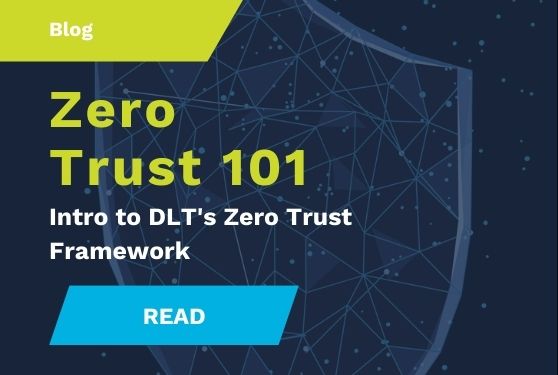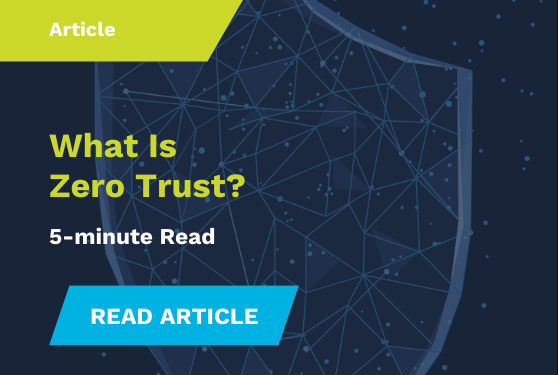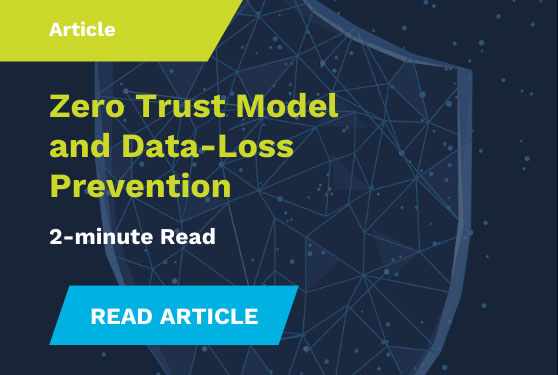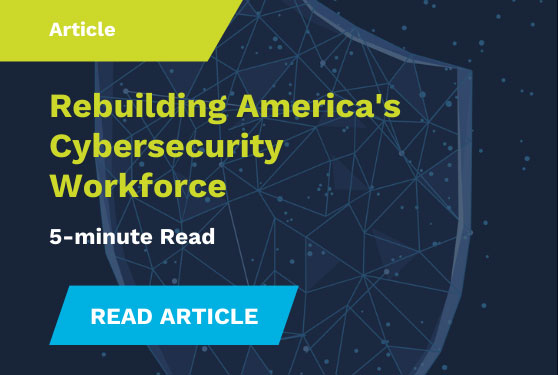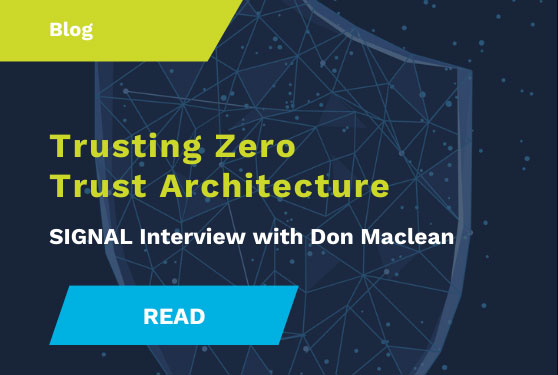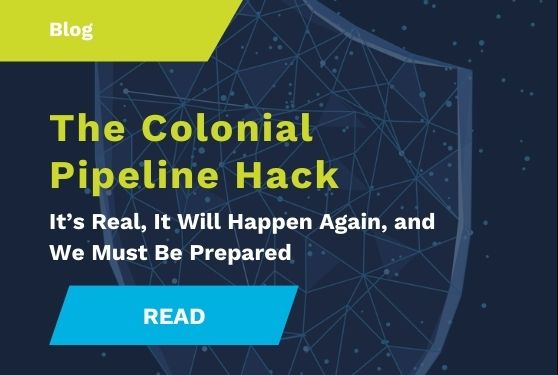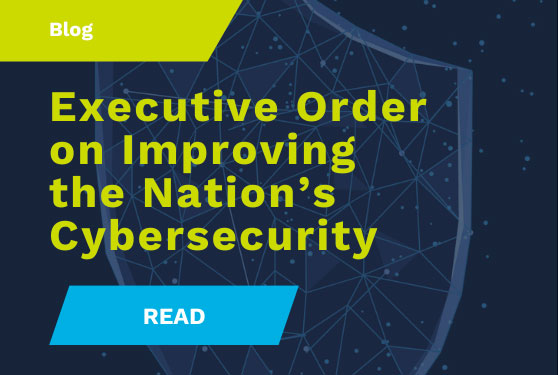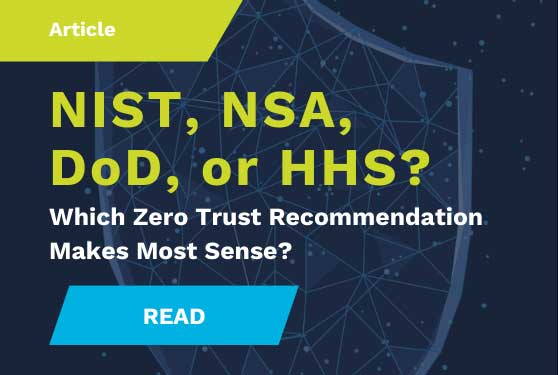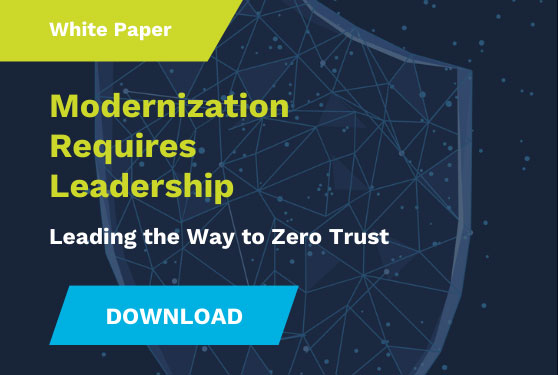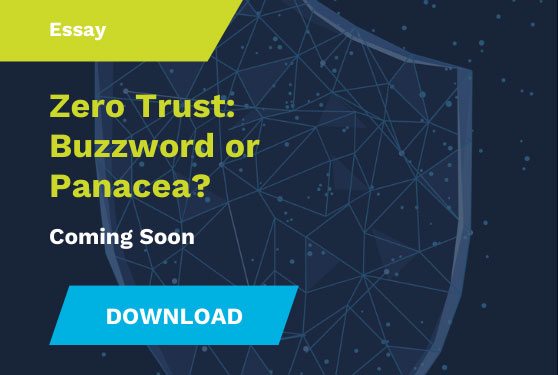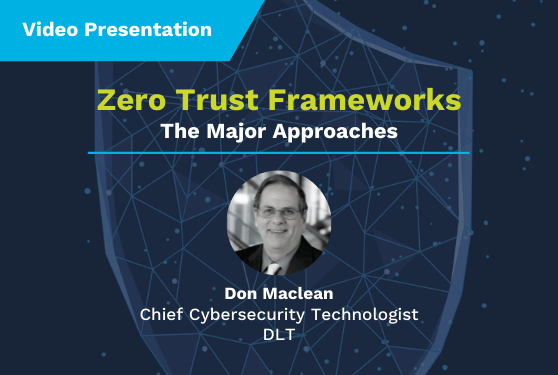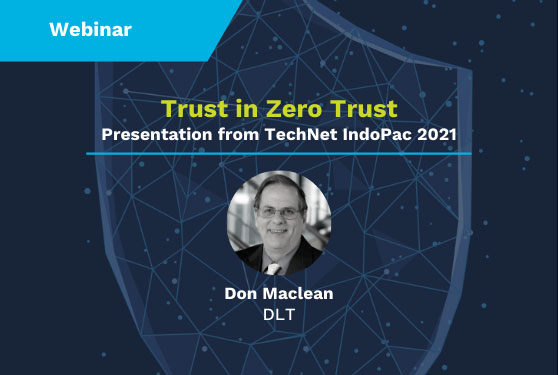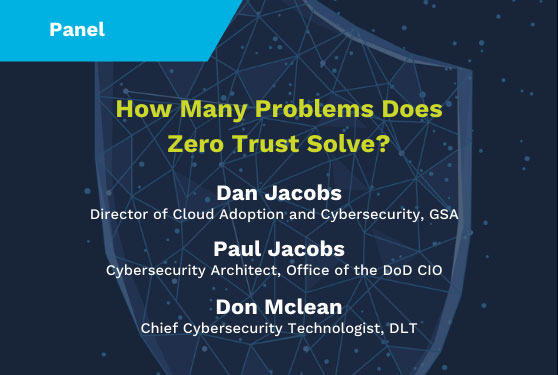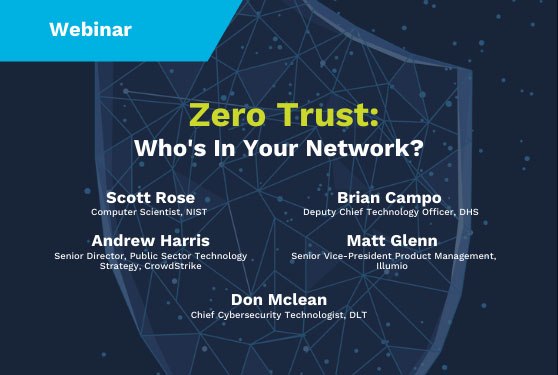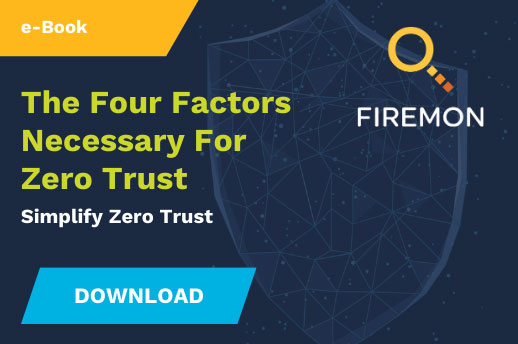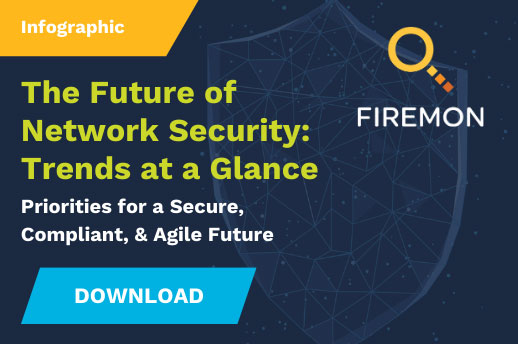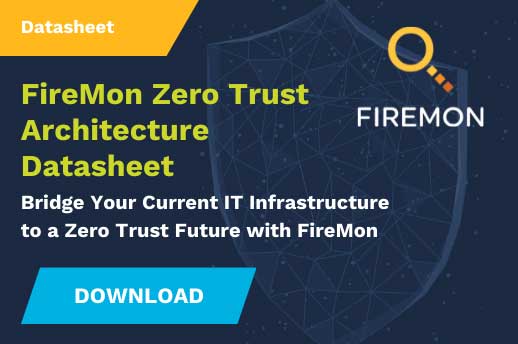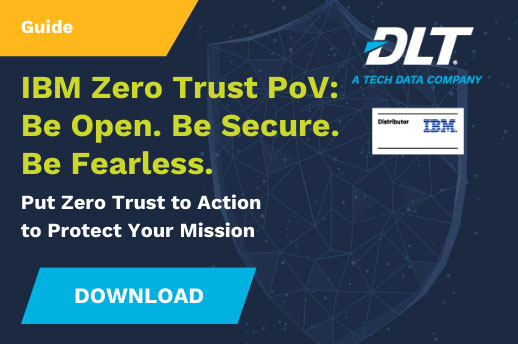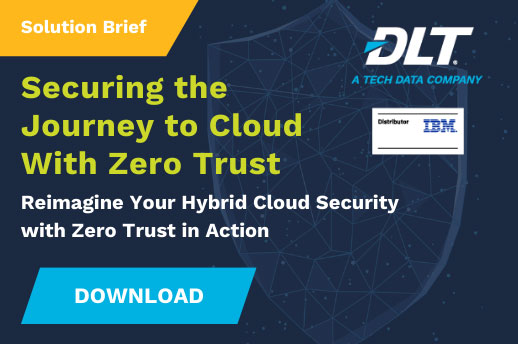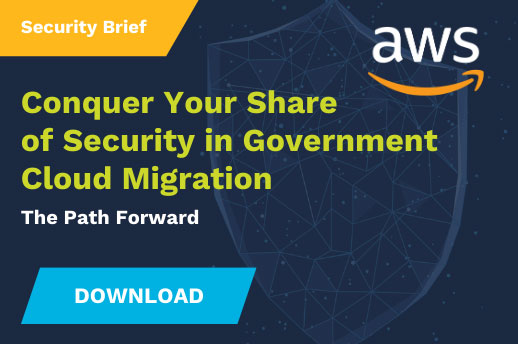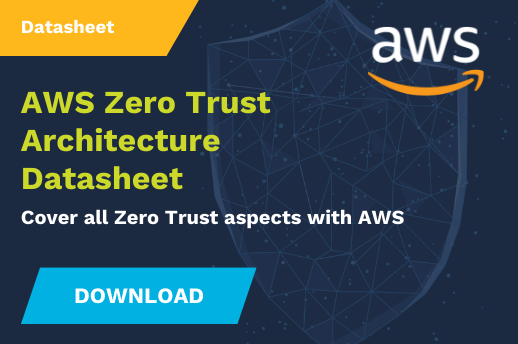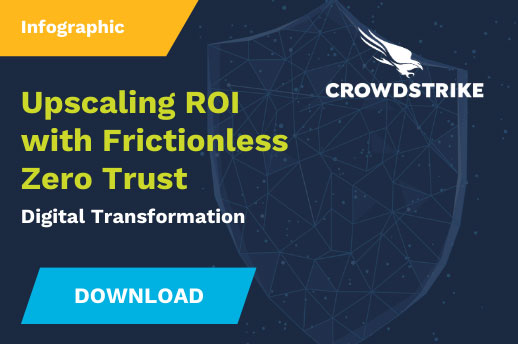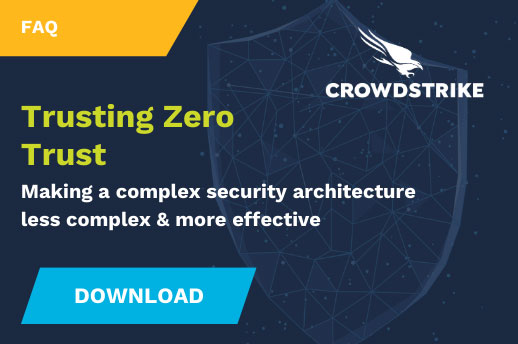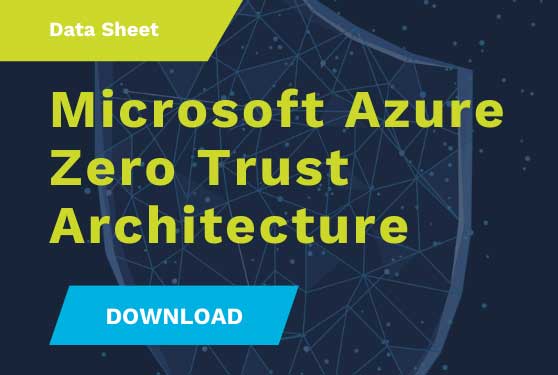The cybersecurity industry is abuzz with the term "Zero Trust.” The concept, however, is amorphous, and can become an empty buzzword instead of a reference to a substantive approach to security. It makes sense, then to explore the fundamentals about Zero Trust. Access the resources below to better understand the term from multiple perspectives, and to identify common themes that emerge from the major frameworks and initiatives around Zero Trust.
Zero Trust Overview
Architecture
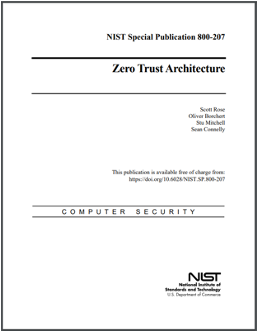 Zero Trust is the term for an evolving set of cybersecurity paradigms that move defenses from static, network-based perimeters to focus on users, assets, and resources. A Zero Trust architecture uses Zero Trust Principles to plan industrial and enterprise infrastructure and workflows. Access NIST’s special publication, NIST 800-207 to attain guidelines set by NIST around Zero Trust architecture.
Zero Trust is the term for an evolving set of cybersecurity paradigms that move defenses from static, network-based perimeters to focus on users, assets, and resources. A Zero Trust architecture uses Zero Trust Principles to plan industrial and enterprise infrastructure and workflows. Access NIST’s special publication, NIST 800-207 to attain guidelines set by NIST around Zero Trust architecture.
Discover More Transformational Zero Trust Solutions
FireMon
FireMon is the only agile network security policy platform, providing a core foundational platform for organizations moving to zero trust architectures. FireMon allows organizations to visualize, normalize, and manage policies across policy enforcement points including traditional and cloud-based firewalls, cloud security groups, and SASE and SD-WAN platforms. Since creating the first-ever network security policy management solution, FireMon has delivered command and control over complex network security infrastructures for more than 1,700 customers located in nearly 70 countries around the world.
IBM Security
Digital transformation and the move to hybrid multi-cloud are changing the way we do business. Users, data, and resources are now spread across the globe, making it difficult to connect them quickly and securely. Traditional security offers a perimeter to assess and enforce the trustworthiness of these connections, but this current ecosystem requires a different approach. Organizations are turning to IBM Zero Trust security solutions to help protect their data and resources by making them accessible only on a limited basis and under the right circumstances.
AWS Cloud Security
AWS Cloud Security - Infrastructure & Services to Elevate Your Security in the Cloud
AWS is designed to help you build secure, high-performing, resilient, and efficient infrastructure for your applications. World-class security experts who monitor our infrastructure also build and maintain our broad selection of innovative security services, which can help you simplify meeting your own security and regulatory requirements. Our security services and solutions are focused on delivering the following key strategic benefits critical to helping you implement your organization’s optimal security posture.
CrowdStrike
FRICTIONLESS ZERO TRUST FOR WORKFORCE IDENTITIES EVERYWHERE. CrowdStrike sets the standard in endpoint protection for the public sector by using machine learning, behavioral analytics, and proactive threat hunting to stop all attack types, while ensuring you meet the most stringent compliance requirements.
Microsoft
Microsoft Azure provides a collection of integrated cloud services for the enterprise and government that customers can use to help protect their business assets while reducing security costs and complexity. Built on the principles of security, privacy, compliance, resiliency, and intellectual property protection, Microsoft strives to earn and maintain the government's trust.
Because Azure was built from the ground up using the Zero Trust security principles, its myriad of services incorporate security in every component of DLT’s Zero Trust architecture.
BMC Software
The BMC and DLT partnership helps enable the delivery of software, services, and expertise to more than 10,000 customers, including 92% of the Forbes Global 100 and all 15 departments of the federal government, allowing them to meet escalating digital demands and maximize IT innovation. From mainframe to mobile to multi-cloud and beyond, our solutions empower enterprises of every size and industry to run and reinvent their businesses with efficiency, security, and momentum for the future.

